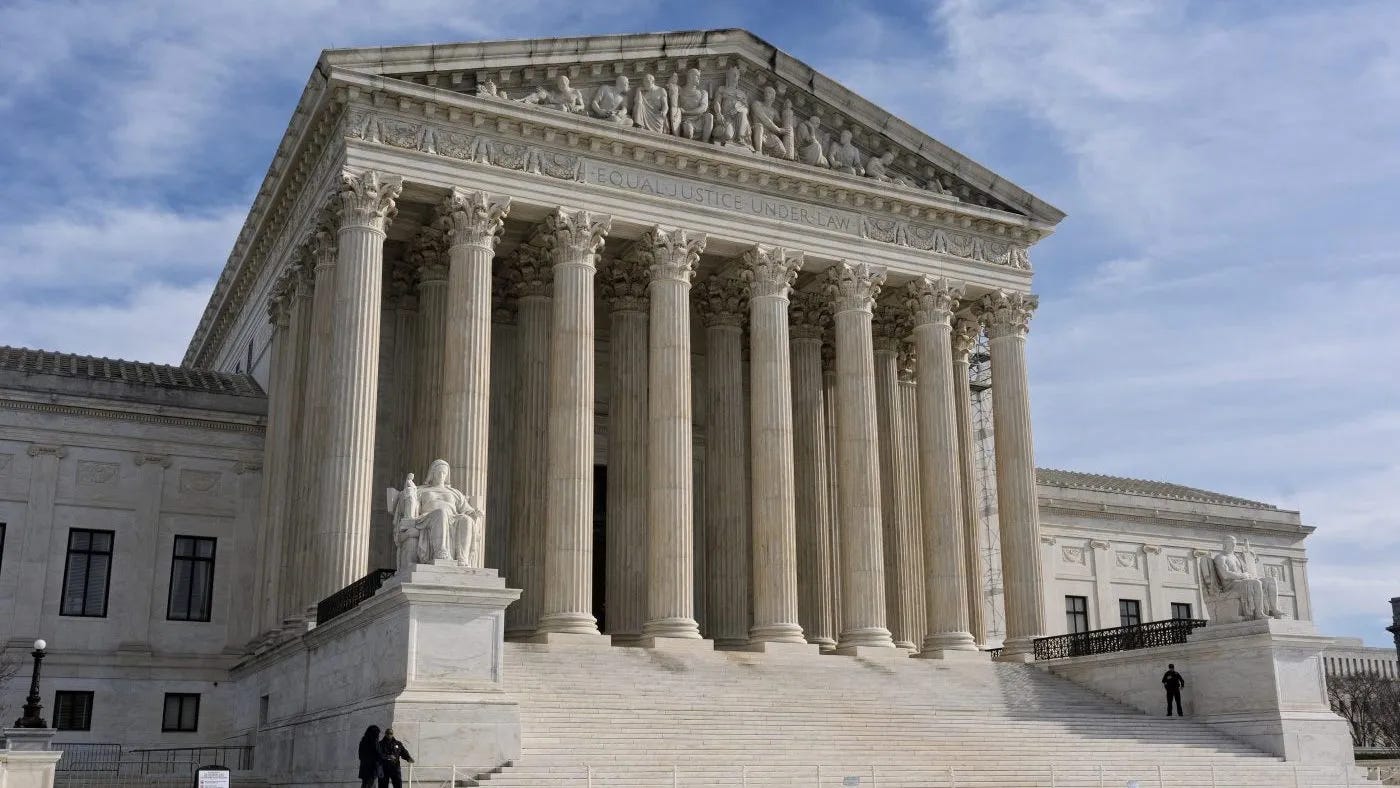The Supreme Court’s Ruling on Federal Workforce Reductions: Implications and Controversies
On July 8, 2025, the Supreme Court issued a landmark decision with far-reaching implications for the federal workforce and government operations. By lifting a lower court’s injunction, the ruling permits former President Donald Trump to implement mass layoffs across 19 federal agencies, marking what has been described as the largest downsizing effort in American history.
This decision has ignited a robust debate regarding its potential benefits, such as cost savings and operational efficiency, as well as its risks, including the loss of expertise and concerns over private sector involvement. Notably, the integration of companies like Palantir into federal data management has heightened discussions about privacy, oversight, and the future of democratic governance.
Background: The Ruling and Its Context
The Supreme Court’s ruling, decided by an 8-1 vote, overturned a prior injunction that had blocked Trump’s workforce reduction plan. Justice Ketanji Brown Jackson dissented, expressing concerns that the decision might enable legally questionable executive actions. While the ruling allows the layoffs to proceed, it does not resolve ongoing legal challenges, which will continue to be adjudicated in lower courts.
The layoffs target a broad range of federal agencies, including the Departments of Agriculture, Health and Human Services, and Veterans Affairs. This initiative aligns with the objectives of the Department of Government Efficiency (DOGE), initially led by entrepreneur Elon Musk before his exit from the project. The primary aim is to reduce federal spending and enhance the efficiency of government operations.
Pros of the Workforce Reductions
Advocates of the layoffs emphasize several potential advantages:
-Cost Savings: With over 2 million civilian employees, the federal government represents a significant expenditure. Proponents argue that eliminating redundant positions could yield substantial savings, enabling better resource allocation or debt reduction.
-Increased Efficiency: A streamlined workforce could reduce bureaucratic inefficiencies, accelerate decision-making, and improve responsiveness to national priorities, according to supporters.
-Political Realignment: Some backers assert that the layoffs could address perceived resistance to conservative policies within certain agencies, aligning them more closely with the administration’s objectives.
Cons of the Workforce Reductions
Opponents, however, highlight significant risks associated with the plan:
-Loss of Expertise: Federal agencies depend on specialized knowledge in areas such as public health, environmental science, and infrastructure. Critics caution that mass layoffs could erode this institutional expertise, impairing the government’s capacity to address complex challenges.
-Service Disruptions: Reductions in staffing at agencies like the Department of Veterans Affairs or Social Security Administration could exacerbate existing backlogs, leading to delays and diminished service quality for vulnerable populations.
-Legal and Operational Uncertainty: With legal challenges still pending, the layoffs introduce uncertainty for employees and agency operations. A future adverse ruling could complicate efforts to reinstate workers, incurring additional costs and logistical difficulties.
-Morale and Productivity: The prospect of layoffs has already generated unease among federal workers, potentially driving skilled professionals to seek private-sector opportunities and reducing overall productivity.
The Role of Private Companies: A Growing Concern
A contentious element of this initiative is the role of private firms, such as Palantir, in federal operations. Palantir, a data analytics company co-founded by Peter Thiel, has been contracted to develop platforms that integrate and analyze data from federal databases, including tax records, immigration files, and biometric information. While aimed at enhancing efficiency, this arrangement has sparked significant concerns:
-Privacy Risks: Centralizing sensitive data with a private entity raises fears of potential misuse. Unlike federal agencies, private contractors may face less stringent transparency requirements, heightening privacy vulnerabilities.
-Lack of Oversight: The rapid incorporation of private companies into government functions, often with limited congressional review, has led to warnings of diminished public accountability. Critics suggest this could create a “shadow government” driven by corporate interests.
-Potential for Abuse: Palantir’s advanced data analytics capabilities could enable extensive surveillance if not properly regulated, raising concerns about civil liberties and the possibility of monitoring citizens or stifling dissent.
Potential Implications for Government and Democracy
The interplay of workforce reductions and increased private-sector involvement could reshape the federal government’s structure and accountability framework:
-Erosion of Public Sector Expertise: Replacing experienced federal employees with private contractors may undermine the government’s ability to independently manage critical functions, from national security to public health.
-Shift in Power Dynamics: The growing influence of private entities in government operations could shift authority away from elected officials, potentially weakening democratic oversight.
-Long-Term Risks to Privacy and Civil Liberties: The consolidation of federal data under private management, absent robust safeguards, could pave the way for a surveillance state, compromising personal freedoms.
Balancing Efficiency and Accountability
The Supreme Court’s decision has initiated a transformative shift in the federal government’s composition and operations. While the promise of cost savings and enhanced efficiency holds appeal, the risks to public services, institutional knowledge, and democratic principles are substantial. The involvement of private companies like Palantir further complicates the landscape, posing critical questions about privacy and oversight.
As this initiative progresses, vigilant monitoring by policymakers, legal experts, and the public will be essential. Upholding transparency, accountability, and the protection of civil liberties must remain paramount to ensure that government reforms serve the public interest effectively and equitably.




